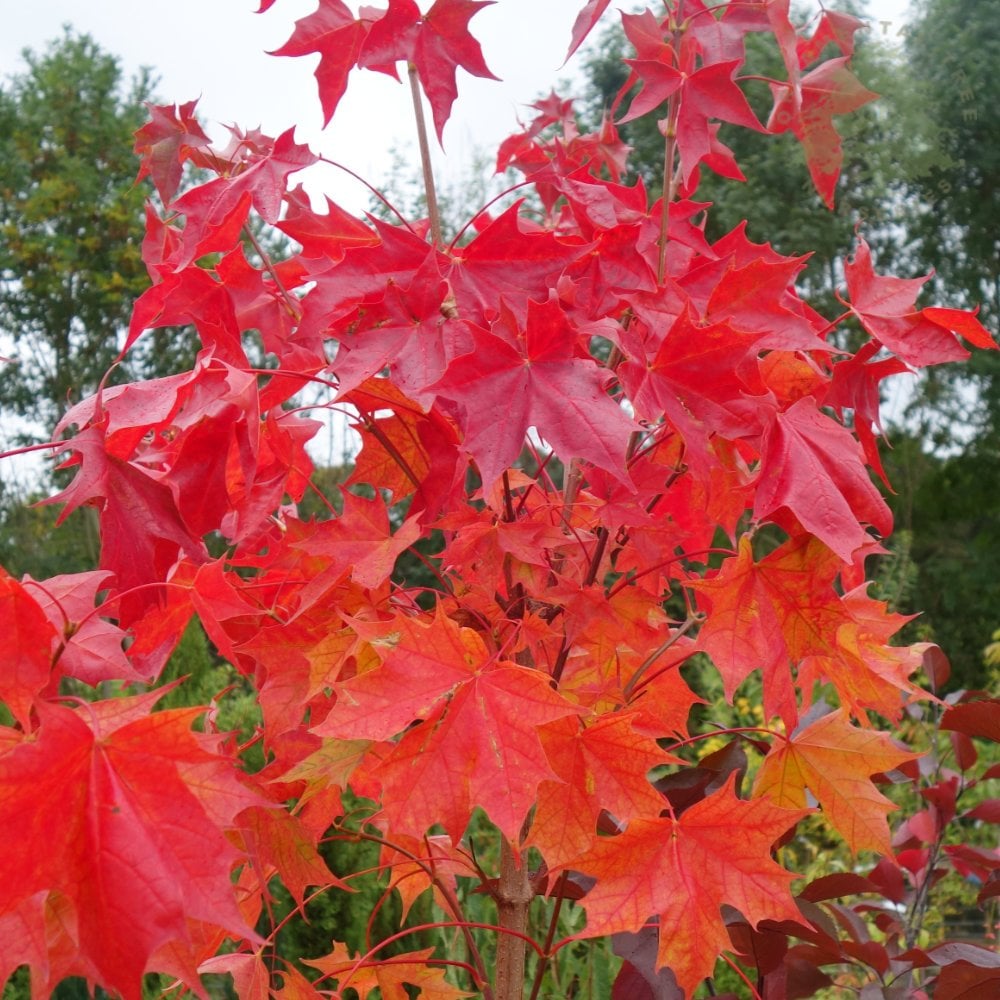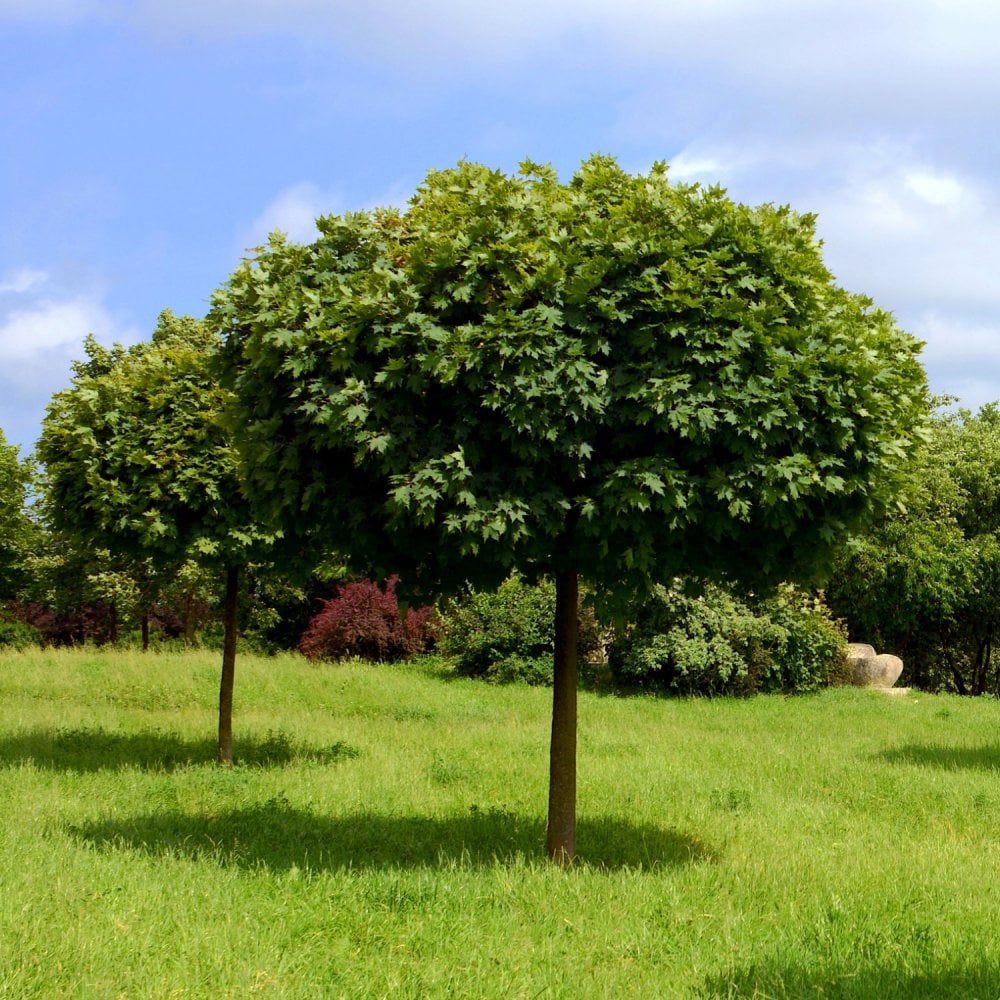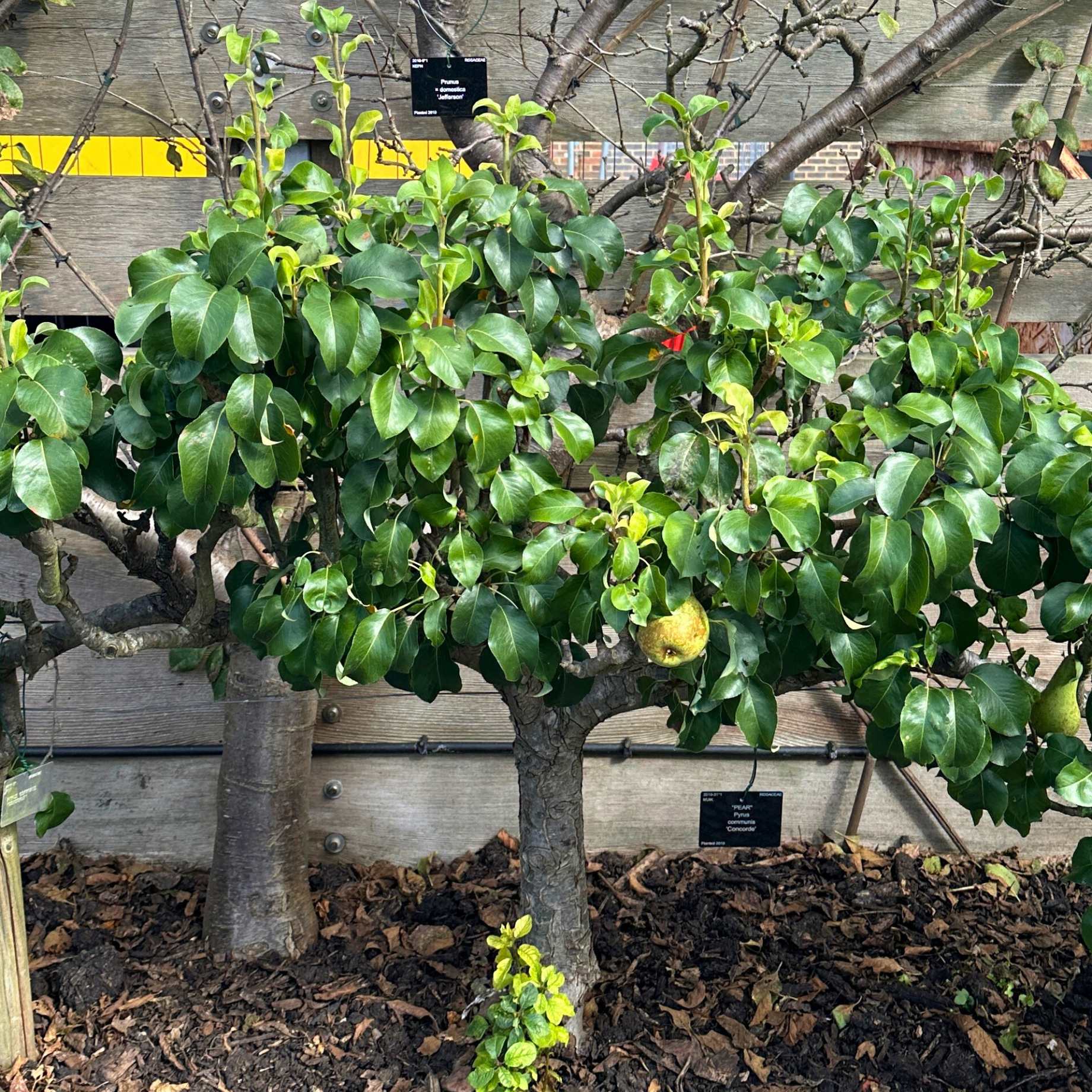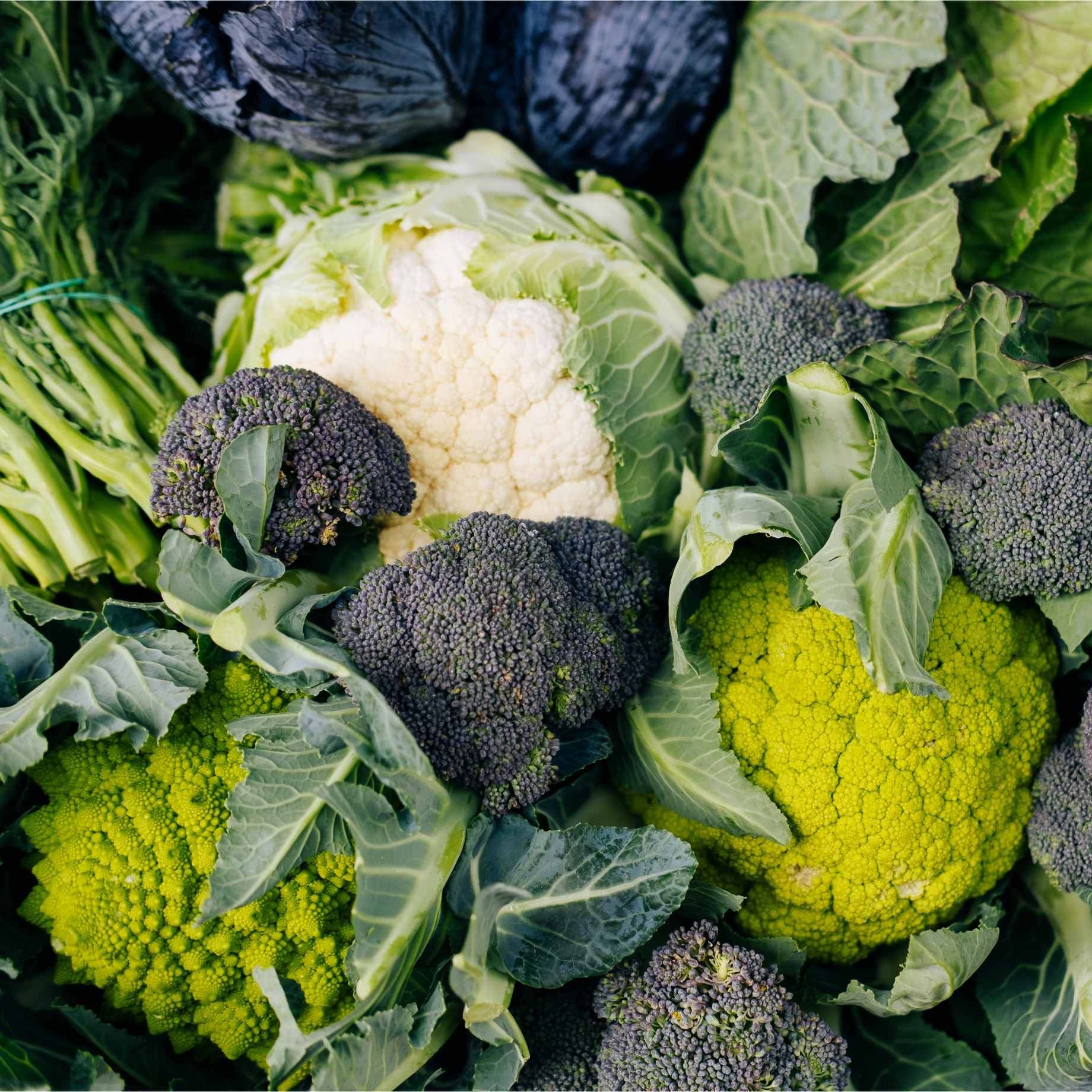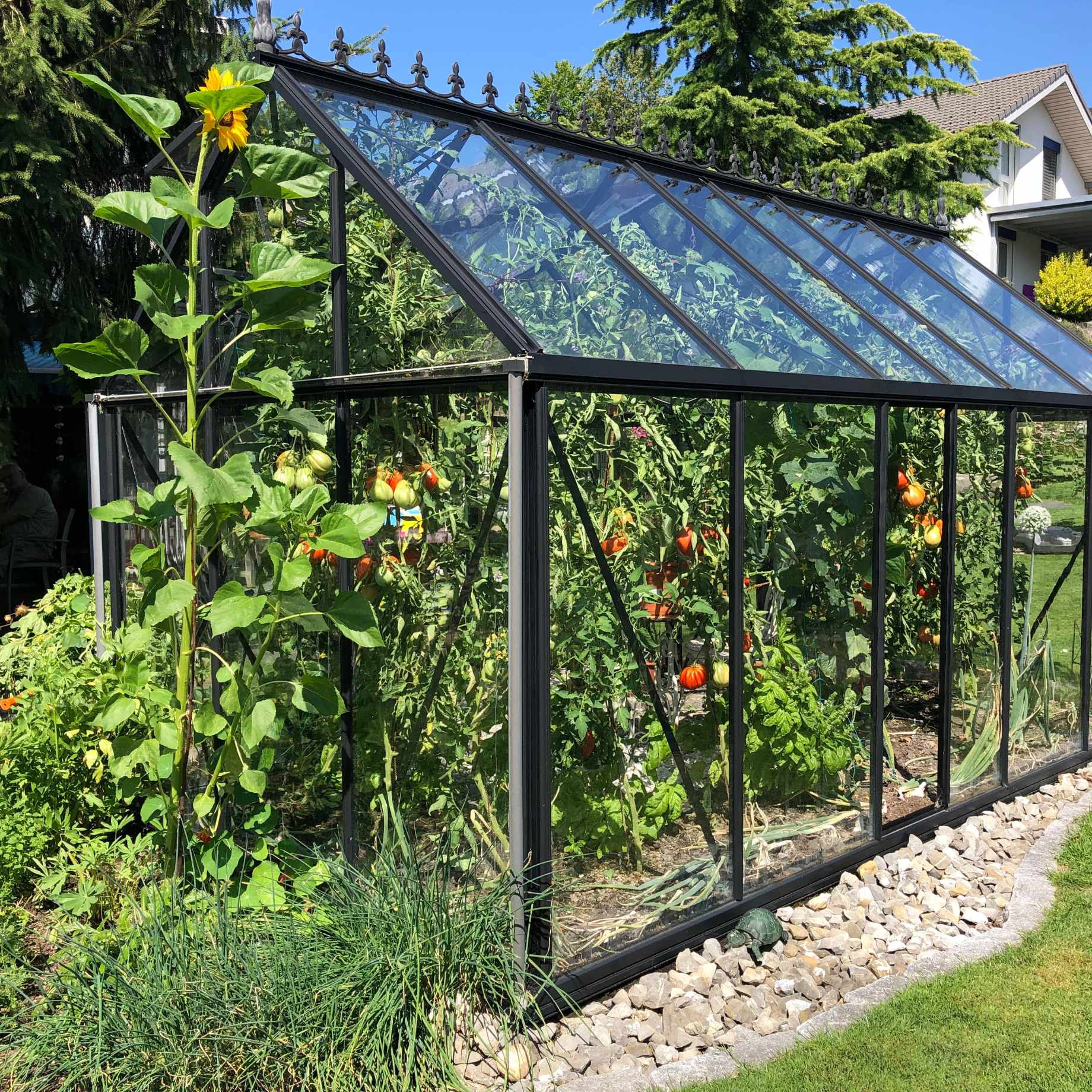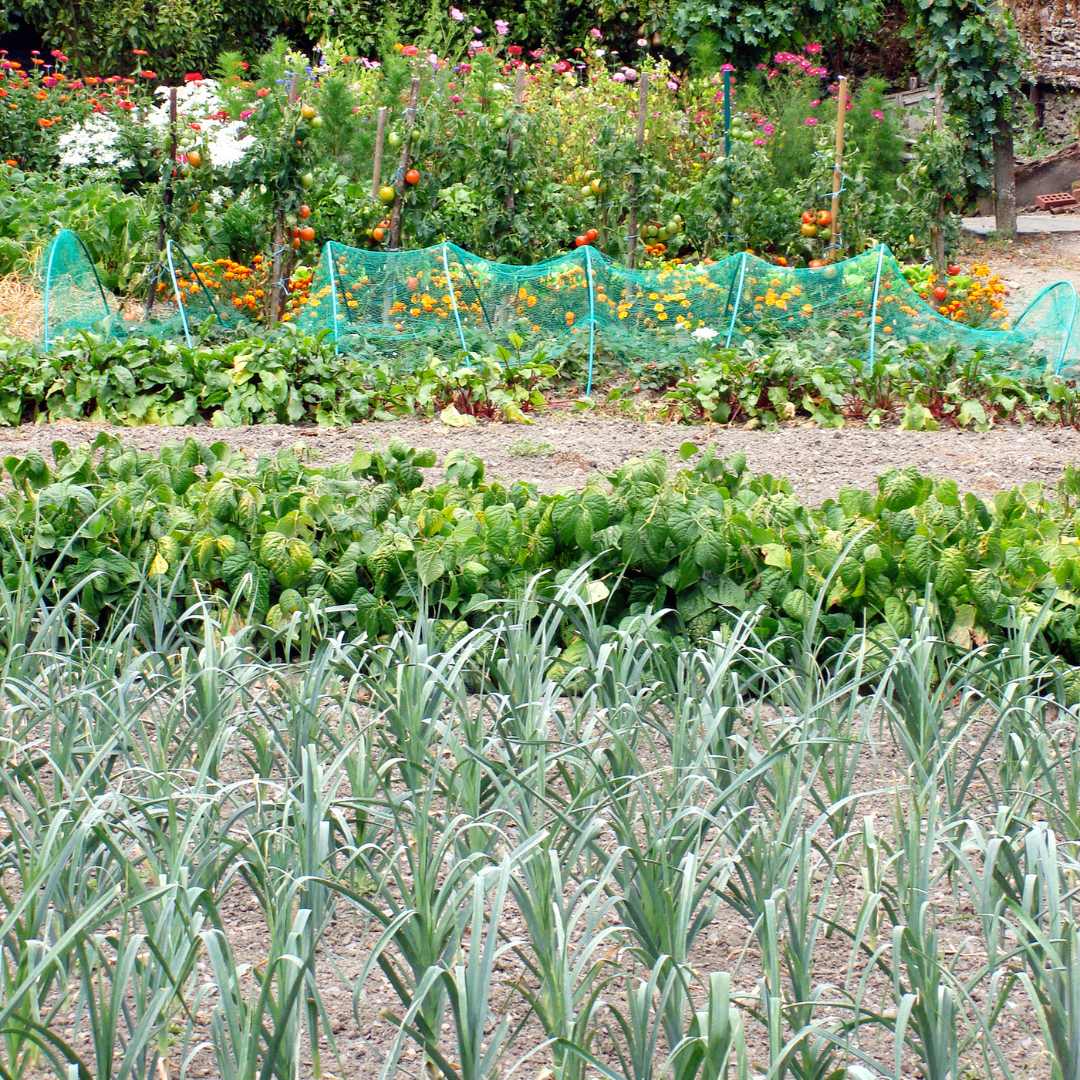Key features
AwardsRHS Award of Garden Merit
Final size2 x 6 metres in 20 years (smaller if pruned)
FoliageHeart-shaped green leaves (deciduous)
PositionFull sun in a sheltered site
SoilPrefers moist yet well-draining soil
Description
Catalpa bignonioides ‘Nana’ is a fantastic dwarf variety of Indian Bean tree with large, green heart-shaped leaves. It is top-grafted so that it forms an attractive lollipop shape, with a dense, round crown on top of a clear stem. Leaves turn butter yellow in autumn.
Slow-growing, Indian Bean ‘Nana’ is ideal for smaller gardens and will reach an approx. height of 2 metres. Its crown can reach a final width of up to 6 metres but this can be kept more compact by pruning if desired.
AKA Indian Bean ‘Nana’, Dwarf Indian Bean Tree
Planting Steps
1Preparation
- Pot-grown plants can be planted at any time of year, whereas bare roots need to be planted between November and March.
- Clear weeds and grass within a metre of the planting hole.
- Dig a hole as deep as the root mass and twice as wide.
- To help your plant establish more effectively, sprinkle Rootgrow in the hole.
2Planting
- Gently loosen the roots and place into the planting hole.
- Ensure the top of the plant’s compost is flush with the level of the surrounding soil and the graft union or collar of the tree is above ground level.
- Mix 50% of the original soil with 50% compost.
- Fill in the hole, firming the soil gently.
3Last Steps
- Water generously around the base of the plant.
- If you are planting either a single stem tree or mature standard tree, we recommend adding a staking kit and rabbit guard.
Aftercare Advice
Trees and shrubs require a good watering regime for a couple of years whilst they establish. Water well and regularly through spring and summer, increasing in hot or dry weather. If planting in autumn, you may only need to water a little. It is advisable to keep the area free of competing weeds and grass during this period.
For more detailed advice and video guides, please visit our Help & Advice section.


